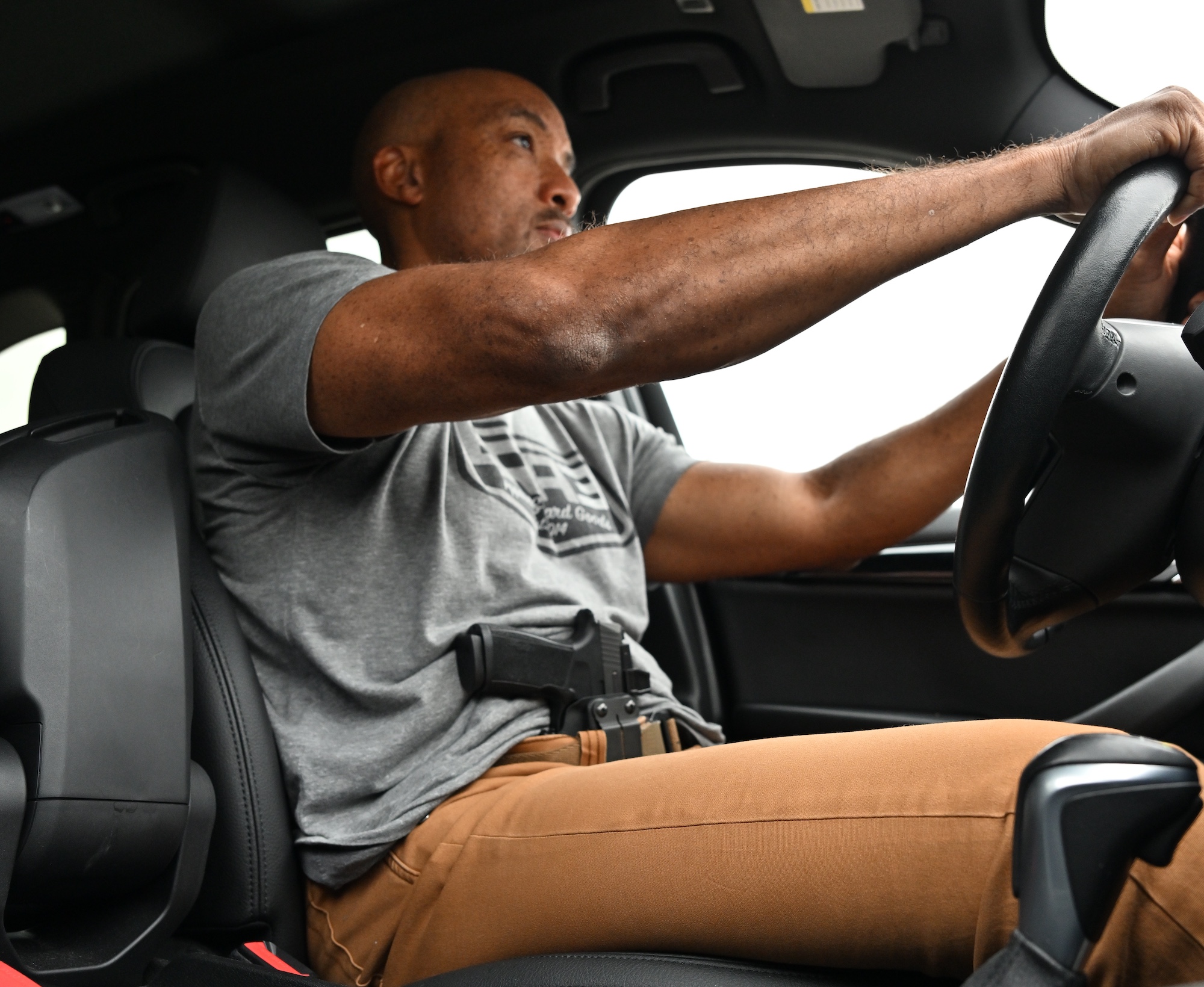
Carrying a gun is supposed to make you more prepared—not set you up for legal trouble.
But you have to know the rules, and then you need to follow them. With firearms carry, too many folks strap on a firearm and walk out the door without a second thought about how the law applies to the way they are carrying or what they will actually do if they need to use it. If you carry—permit, permitless or open—you need to know exactly where you stand. Don’t make assumptions. Because the line between legal and illegal is often very thin.
Permit Carry
Not quite half the states in the nation require those who carry to do so concealed and to have a permit. Even where permits aren’t required, those states still offer them and many states that are open carry, still require a permit for carrying concealed, such as Virginia. Federal law also requires a permit for carrying in sensitive places such as within 1,000 feet of a school zone. Having a permit is what keeps you on a more solid legal footing. A permit can cover you near sensitive places like schools or government buildings where carrying without one can land you in hot water. And if law enforcement gets involved, a permit at least shows you’re trying to do it right and have some level of training. But remember, it doesn’t allow you to carry wherever you want. Many states still restrict that.
The Fine Print: A valid permit is often required to legally carry near schools under federal law.
Permitless Carry
Permitless carry, commonly referred to as Constitutional carry, sounds like freedom, and in many ways, it is. No fees, no waiting periods, no government permission. Just strap on, concealed or otherwise, and go. But don’t mistake permitless for go anywhere with a gun and do what you want. Every state that allows it still has rules—where you can carry, how old you have to be and where you absolutely can’t bring a gun. Miss those details, and you’re gambling with your rights. And here’s the kicker: permitless carry gives you no legal padding. There’s no paperwork or training and that can work against you if you ever find yourself in a courtroom.
The Fine Print: Permitless carry doesn’t exempt you from location bans, age limits or federal restrictions.
Open Carry
Open carry is not permitless carry. It is simply carry that is permitted by a state that requires the gun to be carried where it is visible. It makes a statement—good or bad. Some like the deterrent factor or the comfort of carrying without worrying about concealment. But open carry puts a target on you. That visible gun draws eyes: from bystanders, from law enforcement and sometimes from criminals looking to take out the most obvious threat first. While cases are rare, a criminal could even get the jump on your simply to rob you of your firearm. And just like everything else, the laws on open carry vary. Legal in one town, restricted or banned in the next, and don’t risk getting within 1,000 feet of a school or you are still violating federal law. Open carry can change the entire dynamic of an encounter, and not always in your favor.
The Fine Print: Around half of U.S. states allow open carry without a permit—but expect more public and police scrutiny wherever you choose to do it.



